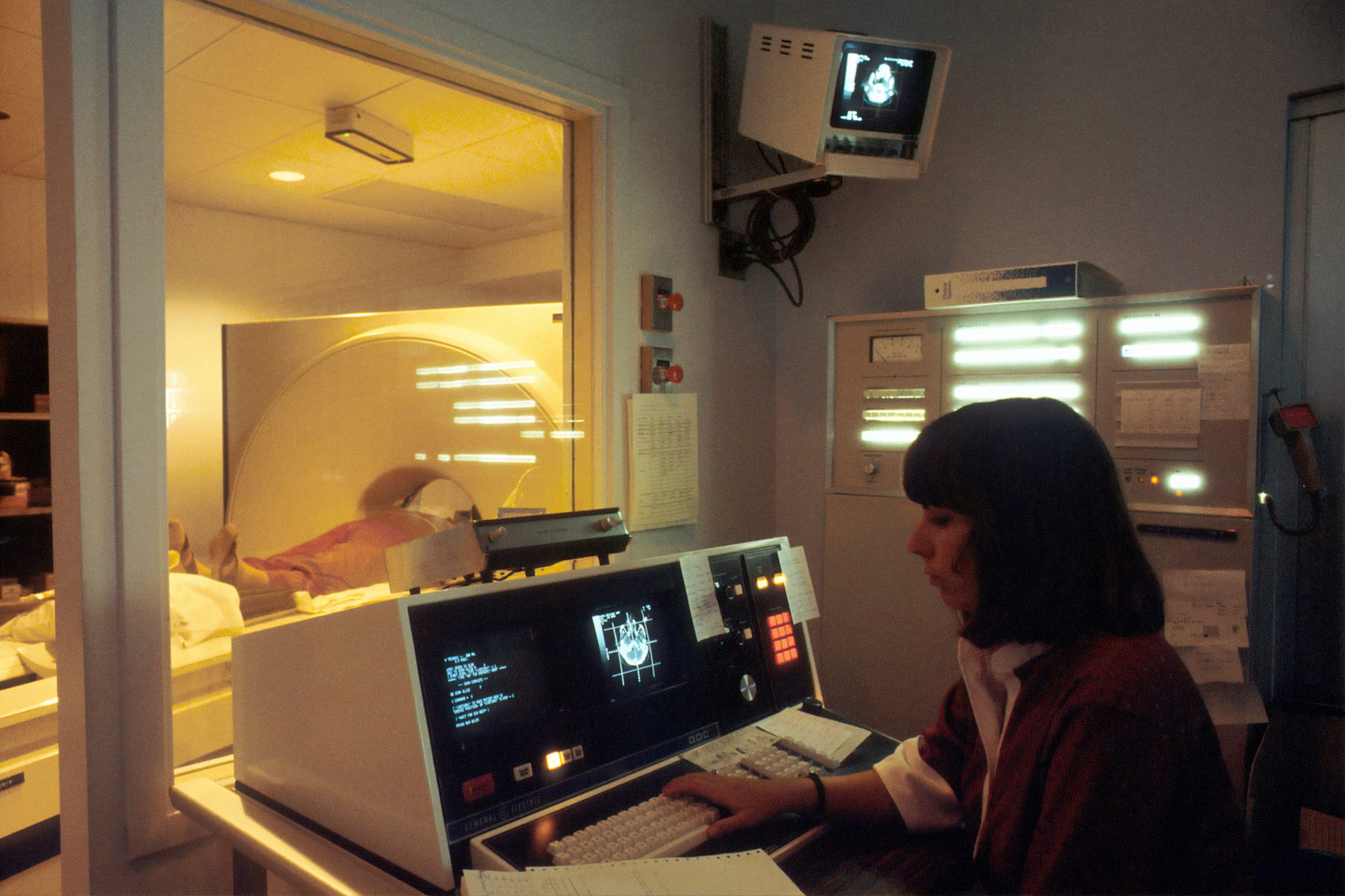Hospital Digital Transformation: Why Legacy Systems Still Matter More Than Ever
Published by Neil on
Digital transformation has become one of the dominant themes in modern healthcare. From electronic health records to AI-assisted diagnostics and real-time patient monitoring, hospitals are investing heavily in new systems that promise efficiency, accuracy and better patient outcomes.
Yet there’s a less glamorous, often uncomfortable reality sitting right in the middle of this transformation: The legacy systems hospitals depend on every single day.
These systems aren’t trending on LinkedIn. They’re rarely included in glossy digital strategy decks. Many of them run on operating systems that the outside world considers obsolete. But they control essential clinical hardware, critical workflows, and—whether hospitals like to admit it or not—the entire hospital can grind to a halt if they fail.
Digital transformation isn’t just about upgrading to the newest platforms. It's about protecting the infrastructure that cannot be replaced, and making sure it stays stable, compliant, and safe.
This is where a legacy-support partner becomes essential.

Why Hospitals Still Depend on Legacy Technology
Hospital environments grow in layers. New systems get added, but old ones rarely disappear. Reasons include:
Clinical equipment with long lifecycles: Devices like lab analysers, radiology systems, and theatre equipment may have a 10–20-year operational life. They depend on specific software versions, drivers and communication protocols that cannot be upgraded without breaking regulatory compliance.
Regulatory approvals tied to specific configurations: Once a system is certified for clinical use, changing the OS or hardware platform often means going through expensive re-validation. Many hospitals simply cannot justify that.
Vendor discontinuation: In some cases the manufacturer no longer exists. The only realistic option is to keep the system running safely for as long as possible.
Integration risk: Some legacy systems are so deeply woven into the hospital’s workflow that removing one small part breaks everything around it.
Put simply: hospitals rely on legacy technology because patient care relies on continuity. And continuity isn’t optional.
Digital Transformation Doesn’t Replace Legacy, It Must Protect It
A common misconception in healthcare is that digital transformation requires a full replacement of older systems. In reality, hospital executives increasingly recognise that:
Legacy systems are here for the long term
They must be maintained alongside new digital solutions
Stability and uptime are business-critical
Digital transformation becomes dangerous when legacy systems are ignored. A failed controller on a surgical planning workstation, a lab system stuck on Windows XP, or an air-handling controller running bespoke software can cause significant operational downtime.
A modern digital strategy must include:
Risk assessment for critical legacy systems
Plans for stabilisation and isolation
Hardware replacement or replication strategies
Ongoing monitoring and secure support
A long-term roadmap for eventual migration—even if it's 10 years away
Hospitals that approach digital transformation the right way understand that legacy isn’t a roadblock — it's an asset that needs dedicated protection.
Where Legacy Support Fits Into Hospital Transformation
Here’s where a specialist legacy partner makes a measurable impact.
1. Stabilising Non-Replaceable Systems
Some systems cannot be migrated or upgraded without causing clinical disruption. These need:
Hardware replication or modern equivalents
Bespoke I/O support
Careful OS isolation
Hardware failure mitigation
The goal is to keep the system stable, not reinvent it.
2. Extending the Life of Critical Equipment
Replacing major clinical systems is expensive, politically difficult, and time-consuming. Hospitals can extend usable life by:
Replacing failing hardware components
Migrating software to modern, supported hardware
Creating virtual machine replicas
Securing and isolating vulnerable OSes
Monitoring performance proactively
This buys hospitals years of extra stability and protects capital budgets.
3. Reducing Risk During Modernisation
As hospitals adopt cloud services, AI tools and smart devices, the attack surface widens. Legacy systems require extra layers of defence:
Network segregation
Controlled access
Logging and monitoring
Surge and hardware failure protection
Mitigating these risks allows hospitals to upgrade everything else with confidence.
4. Providing a Single Point of Accountability
One of the biggest frustrations hospitals report is having no clear owner for legacy equipment.
A specialist partner provides:
A single, reliable contact
Clear troubleshooting and support
Documentation and operational visibility
Long-term stability strategies
This alone reduces downtime dramatically.
Why Supporting Legacy Systems Is Essential for Patient Care
Healthcare is about reliability. When a piece of equipment has been in service for 15 years without fail, staff trust it more than any new software roll-out. Removing or replacing it without proper planning risks:
Increased procedure times
Reduced diagnostic capabilities
Cascading failures across the hospital
Unpredictable costs
Loss of clinical productivity
Unnecessary patient risk
Supporting legacy technology is not about resisting progress. It’s about ensuring the hospital stays fully operational while progress happens around it.
How Legacy Support Accelerates Digital Transformation
It sounds counter-intuitive, but stabilising old systems actually speeds up digital transformation. Why?
Because hospital IT teams can only modernise confidently when the foundational systems are secure and predictable. With legacy systems stabilised:
Modernisation projects stop stalling
Clinical downtime risks reduce
Integration becomes simpler
IT teams gain breathing space
Resource planning becomes easier
Executive buy-in increases
Hospital leaders often discover that supporting legacy infrastructure isn’t a cost.
It’s an enabler.
Conclusion: Digital Transformation Must Start With Protecting What Already Works
Hospitals want to modernise. They want cloud access, secure systems, faster workflows, AI-enabled diagnostics and smoother patient journeys. But none of this is possible if the critical systems at the heart of the hospital are left behind.
Legacy systems aren’t the enemy of progress, they’re the backbone of current patient care. With the right protection and support, hospitals can modernise safely, confidently, and without the risk of catastrophic downtime.
And that’s the real foundation of digital transformation.
If you’d like to discuss your legacy systems and explore how to keep them secure and reliable, our team can help.


